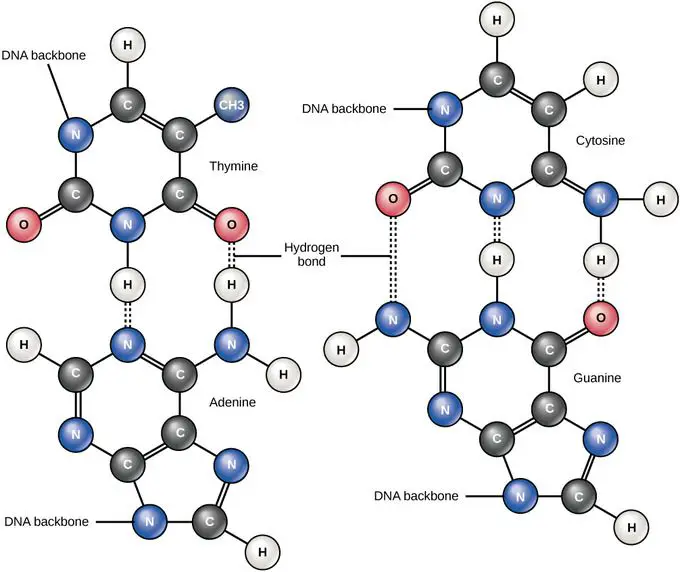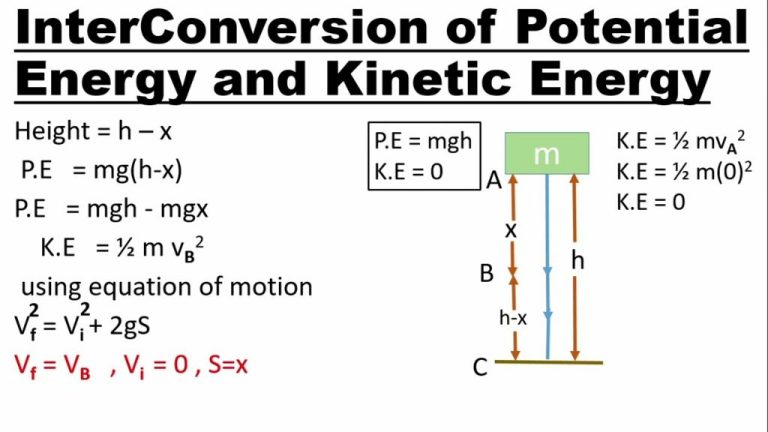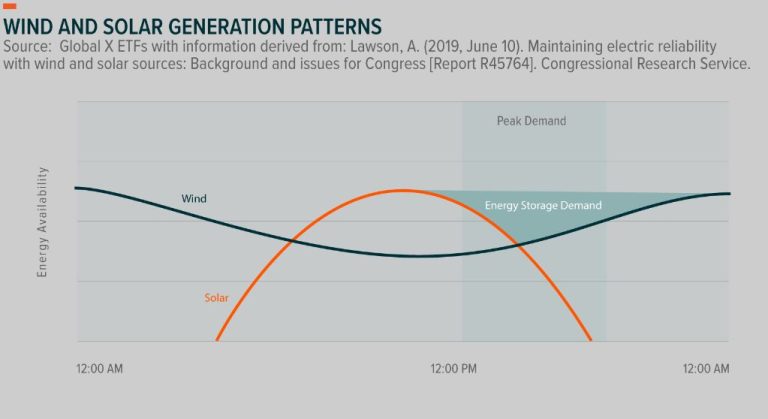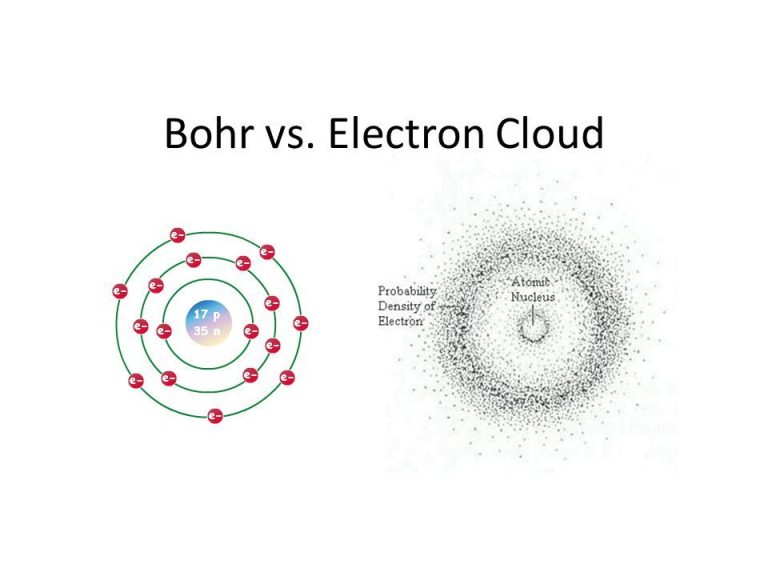Why Is It Important For Renewable Energy?
Renewable energy is energy generated from natural resources that are constantly replenished, such as sunlight, wind, water, and geothermal heat. Renewable energy provides an alternative to fossil fuels like coal, oil, and natural gas, which are finite resources. The shift from finite to renewable resources for energy production is crucial for a sustainable future as fossil fuel resources dwindle and environmental concerns about their use continue to grow.
Renewable energy has taken on increasing importance in recent years as countries seek to reduce their carbon emissions in order to mitigate climate change. Burning fossil fuels releases greenhouse gases like carbon dioxide that trap heat in the atmosphere, causing global temperatures to rise. Renewable energy sources produce little to no greenhouse gas emissions, making them a vital tool for decarbonizing the energy system. Widespread adoption of renewables combined with energy efficiency can help dramatically curb global carbon emissions in line with the goals of the Paris Agreement.
Energy Security
Renewable energy sources like wind, solar, hydropower, geothermal, and biomass can improve a country’s energy security by reducing dependence on imported fossil fuels. Many countries import a significant portion of their fossil fuels from other nations. For example, the United States imports about 7.86 million barrels per day of petroleum from foreign countries, accounting for about half of U.S. petroleum consumption (EIA). Reliance on imported fossil fuels leaves countries vulnerable to global price shocks and supply disruptions caused by political instability, natural disasters, and other factors. In contrast, renewable energy can be generated domestically, improving energy independence. The U.S. Department of Energy found that achieving 20% wind energy by 2030 could reduce natural gas consumption by 11% and save consumers $280 billion in avoided natural gas costs (Cox). Utilizing abundant domestic renewable resources enhances energy reliability and resilience.
Economic Benefits
Renewable energy provides significant economic benefits at both the national and local levels. According to a report by the National Renewable Energy Laboratory, renewable energy is more labor-intensive than conventional fossil fuel technologies, so it generally creates more jobs per megawatt of power installed, per unit of energy produced, and per dollar invested (https://www.nrel.gov/docs/legosti/fy97/20505.pdf). The renewable energy industry is a major and rapidly growing employer. In 2018, over 500,000 people in the United States worked in renewable energy or energy efficiency jobs related to solar, wind, bioenergy, geothermal, and hydropower.
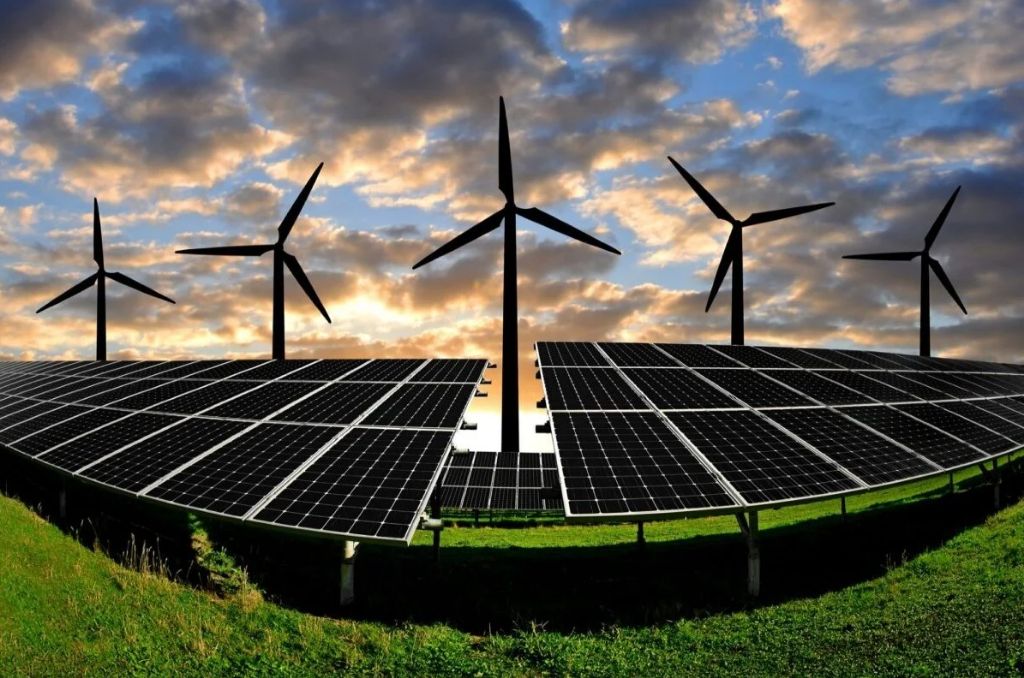
At the local level, renewable energy development brings new investments and tax revenues to rural communities. According to a report by Yale University, renewable energy projects on public lands represent billions of dollars in capital investments, and the wind industry paid over $250 million in rent to public landowners in 2016 alone (https://cbey.yale.edu/research/key-economic-benefits-of-renewable-energy-on-public-lands). The lease payments provide an important source of income for public schools, hospitals, and other vital services.
In addition to creating jobs, renewable energy helps stabilize energy prices and reduce costs for consumers. The fuel for renewable energy – wind, sun, water – is free once the infrastructure is in place. This helps insulate consumers from volatility in fossil fuel markets. The International Renewable Energy Agency found that doubling the renewable energy share worldwide could save up to $4.2 trillion annually by 2030 through lower electricity prices (https://www.irena.org/-/media/Files/IRENA/Agency/Publication/2016/IRENA_Measuring-the-Economics_2016.pdf).
Environmental Impact
Renewable energy sources have a much lower environmental impact compared to fossil fuels. Burning fossil fuels like coal, oil, and natural gas releases pollutants like nitrogen oxides, sulfur dioxide, particulate matter, and heavy metals into the air, contributing to problems like smog, acid rain, and respiratory illnesses 1. Fossil fuel extraction and transportation also carry major risks of oil spills and methane leaks. In contrast, renewable energy sources produce little to no air or water pollution when generating electricity. Widespread use of renewables would significantly reduce emissions and environmental damage from the energy sector.
Some key differences in environmental impact:
- Solar and wind power emit zero greenhouse gases and air pollutants.
- Hydropower emits very low greenhouse gases and air pollutants.
- Geothermal and biomass emit some air pollutants, but at much lower levels than fossil fuels.
Beyond air and water pollution, renewables help avoid the land degradation, water use, and oil spills associated with fossil fuel extraction and production. And renewables produce no high-level nuclear waste requiring long-term storage and monitoring. Overall, transitioning to renewable sources provides major environmental benefits by reducing pollution, health risks, and ecological damage from energy production 2.
Public Health
Renewable energy sources like solar, wind, geothermal, and hydropower produce little to no air pollution compared to fossil fuels, which improves public health. Burning fossil fuels for electricity emits pollutants like particulate matter, nitrogen oxides, and sulfur oxides into the air that increase the risk of respiratory and cardiovascular diseases and premature death (1). Studies have found that cleaner air from renewable energy reduces hospital visits for asthma and other lung diseases (2). One analysis estimated that the health benefits from reduced pollution as a result of more renewable electricity in the U.S. could be worth up to $108 billion per year (3). Transitioning to renewable energy sources provides enormous public health benefits by improving air quality and reducing diseases caused by pollution.
(1) https://www.energy.gov/eere/health-and-safety-benefits-clean-energy
(2) https://www.hsph.harvard.edu/c-change/subtopics/clean-energy-health/
(3) https://www.hsph.harvard.edu/c-change/news/health-benefits-of-renewable-energy/
Climate Change Mitigation
The development of renewable energy technologies like solar, wind, bioenergy, and geothermal are vital for mitigating climate change and reducing greenhouse gas emissions[1] to achieve the goal of limiting global warming to 1.5°C. Renewables can decarbonize over 90% of the power sector by 2050 and significantly cut emissions[1]. Fossil fuels like coal and natural gas produce significant emissions that trap heat and cause global temperatures to rise. Transitioning from traditional energy to renewables like solar and wind that have minimal emissions during operation will dramatically curtail the greenhouse gases driving climate change[2]. Increased investment into renewable technologies combined with energy efficiency and electrification of end use sectors can put the world on a pathway to net-zero emissions. Mitigating climate change requires an urgent and aggressive switch to renewable energy across all sectors.
Rapid Deployment
Many renewables can be deployed quickly to meet rising energy demand. For example, solar and wind projects can be brought online in as little as 1-2 years compared to 5-10 years or longer for fossil fuel or nuclear plants (1). This allows renewables to be scaled up rapidly to address growing electricity needs. According to the International Energy Agency (IEA), renewable electricity generation is projected to rise over 60% and account for nearly 30% of global power generation by 2026, driven by solar PV and wind (2). The IEA forecasts global renewable capacity additions of over 4,800 gigawatts (GW) between 2022-2027, which is equivalent to current total global power capacity from fossil fuels and nuclear combined (1).
Rapid renewable deployment is being enabled by falling technology costs, advances in energy storage, and supportive government policies. Countries around the world are accelerating renewables growth to quickly reduce emissions and improve energy security. For example, the U.S. aims to reach 100% carbon pollution-free electricity by 2035 (3). With their modular and scalable nature, renewables offer a quick and cost-effective path for decarbonization.
Sources:
Abundant Resources
Renewable energy sources are abundant everywhere and are replenished naturally. The sun shines almost every day, providing an endless supply of solar power across the globe. Solar energy can be harnessed through photovoltaic panels or concentrated solar power. According to the National Geographic, solar energy is the most abundant renewable resource available Solar Power: The Most Abundant Renewable Energy Source. There is tremendous potential to expand solar energy to meet our electricity needs.
Wind is another abundant renewable resource that can be captured through wind turbines and converted into electricity. Winds are constantly blowing both onshore and offshore around the world. According to the UN, utilization of wind power is growing rapidly as wind turbine technology improves and costs decline Renewable energy – powering a safer future. Harnessing more of the endless wind can significantly boost renewable energy supplies.
Hydropower from flowing water in rivers and streams is a renewable resource found across the globe. Installing turbines in rivers and dams enables clean hydroelectric generation. The National Geographic notes hydropower is one of the most important renewable energy sources available Renewable Resources. There is room for growth in harnessing the energy from flowing water sustainably.
Renewable resources are bountiful worldwide and expanding their use is key to transitioning to clean energy and mitigating climate change.
Price Declines
The costs of renewable energy have fallen rapidly in recent years, making it more affordable and competitive with fossil fuels. According to the International Renewable Energy Agency (IRENA), between 2010 and 2019, the cost of solar energy decreased by 85%, and wind energy costs fell by 55% (Data point: clean energy costs are falling). This dramatic drop in prices has been driven by technological improvements, manufacturing scale-up, and competitive procurement practices.
Research from IRENA shows that by 2025, electricity from solar PV could become 59% cheaper on average globally, and concentrated solar power (CSP) 43% cheaper (Renewable Power: Sharply falling generation costs). As renewables become more cost-competitive, this accelerates their uptake and reinforces their position as the cheapest source of new electricity capacity in many markets.
The rapidly declining costs make renewable energy more affordable for consumers and increases energy access. With renewables consistently undercutting fossil fuels on price, the transition to clean energy can happen faster while saving money.
Conclusion
In summary, transitioning to renewable energy sources like wind, solar, geothermal, and hydropower is crucial for several reasons. First, renewable energy provides energy security by relying on domestic resources rather than imported fossil fuels. Second, renewable energy stimulates economic growth through job creation, investment, and technological innovation. Third, renewable energy dramatically reduces pollution and mitigates the environmental and public health impacts of fossil fuels. Fourth, renewable energy is critical for avoiding the worst consequences of climate change by reducing greenhouse gas emissions. Fifth, renewable energy can be deployed rapidly to meet growing energy demand. Finally, costs of renewables continue to decline, making them more affordable and economically viable.
The many benefits of transitioning from fossil fuels to renewable energy are clear. We must urgently accelerate the renewable energy transition to tackle climate change, reduce health impacts, strengthen economies, and build sustainable futures. The technology is available, and public support is growing. With smart policies and public-private collaboration, a renewable energy future is within reach. The health of the planet and its people depends on rapidly phasing out fossil fuels and powering our world with clean energy.

